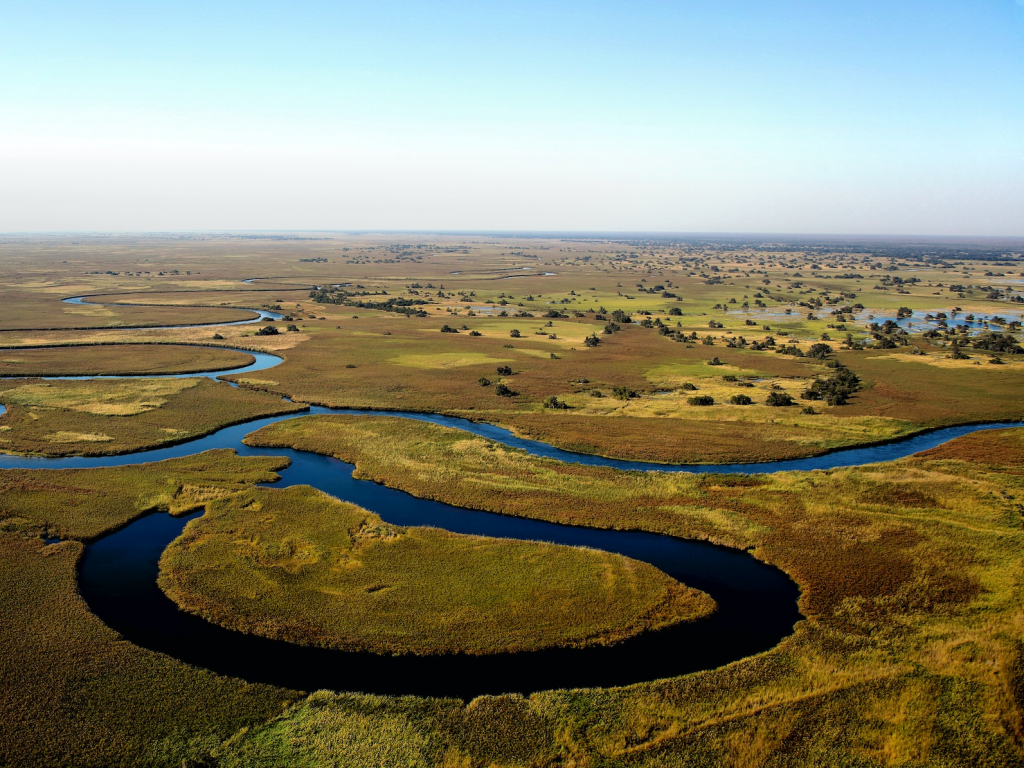Mapping the planet’s critical natural assets

Chaplin-Kramer et al. 2022
A recent Nature Ecology & Evolution paper by Chaplin-Kramer et al. maps nature’s contributions to people globally, and determines the critical areas where their magnitude is the highest and where they provide the highest potential human benefit.
The authors define critical natural assets as the natural and semi-natural ecosystems that provide 90% of the total current magnitude of 14 types of nature’s contributions to people (NCP), and these critical natural assets were then mapped at 2 km resolution. The results show that conserving 30% of the Earth’s land and 24% of coastal waters would sustain 90% of nature’s current contribution to people in every country.
Over 80% of the natural asset locations identified as critical for 12 local benefits are also critical for climate regulation benefits at the global scale (via carbon storage and moisture recycling); together these account for 44% of Earth’s lands. Some ecosystems are crucial for the whole planet, but the results reveal that every country has critical areas for local communities.
In addition, these areas overlap substantially with cultural diversity (areas containing 96% of global languages) and biodiversity (covering area requirements for 73% of birds and 66% of mammals). At least 87% of the world’s population live in the areas benefitting from critical natural assets for local-scale NCP, while only 16% live on the lands containing these assets. 6.1 billion people live within one hour’s travel of these areas, while 3.7 billion people live downstream of them, highlighting the importance of putting local people at the centre of discussions about biodiversity & conservation.
The results reveal that explicitly prioritizing critical natural assets and the NCP they provide could simultaneously advance development, climate and conservation goals, yet many of the NCP areas mapped here are left out of international agreements focused on conserving species or mitigating climate change.
Learn more in the full Ecology & Evolution paper, Mapping the planet’s critical natural assets.




